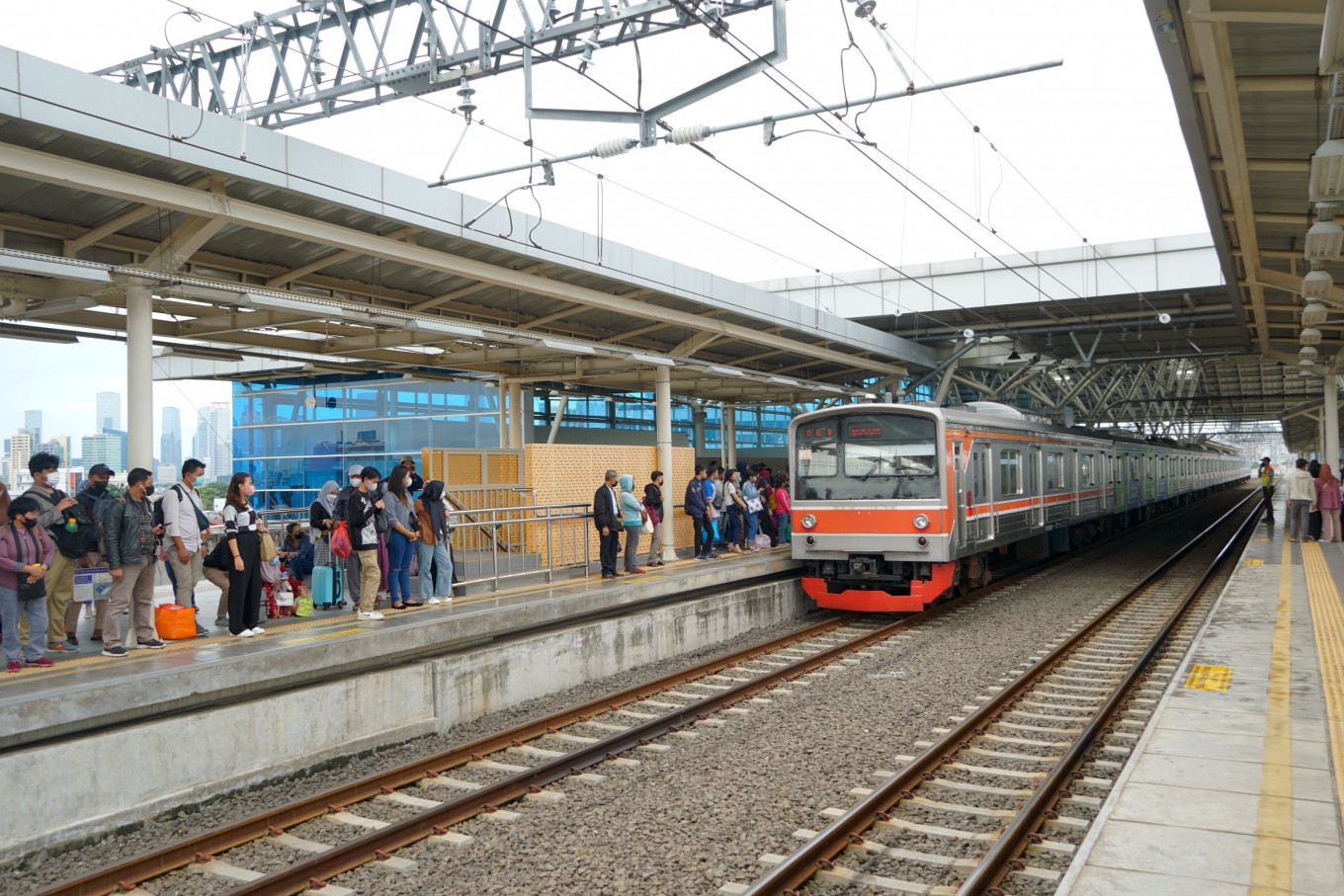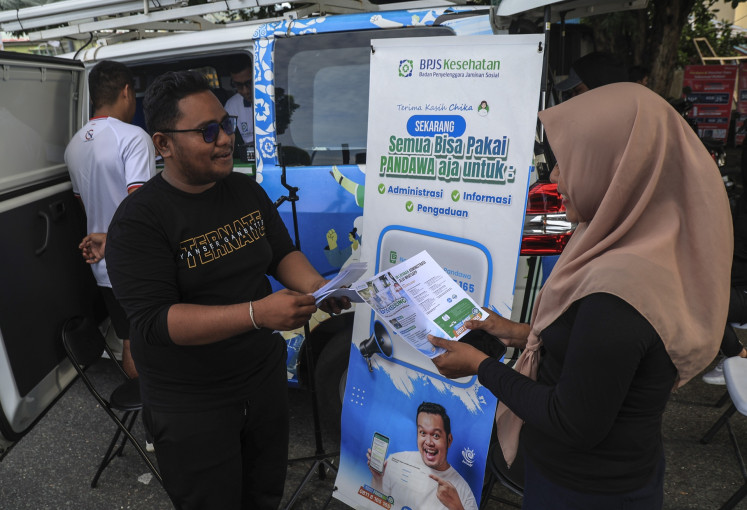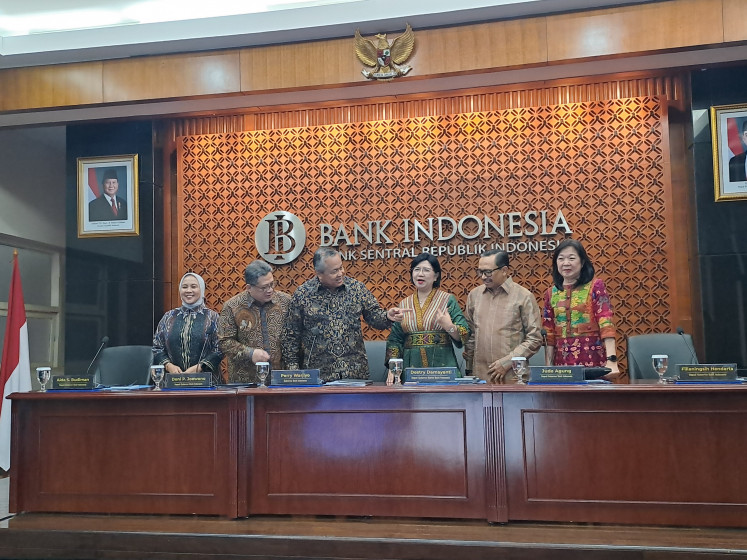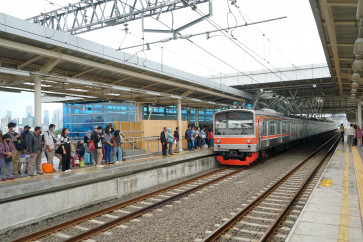Popular Reads
Top Results
Can't find what you're looking for?
View all search resultsPopular Reads
Top Results
Can't find what you're looking for?
View all search resultsEconomic stimulus: A solution or just another patchwork fix?
Without a well-structured and precisely delivered package, the stimulus risks offering only a short-term boost.
Change text size
Gift Premium Articles
to Anyone
T
he government has launched a new Rp 24.4 trillion (US$1.47 billion) economic stimulus for June-July to sustain growth amid rising global uncertainty. This move follows the International Monetary Fund’s downward revision of global growth from 3.3 percent to 2.8 percent, reflecting broader economic fragility.
Domestically, Indonesia’s first-quarter growth reached only 4.87 percent, missing the 5 percent target and highlighting the drag from shrinking government spending, weakening exports, sluggish investment and strained household consumption.
The urgency of fiscal intervention is clear. However, the key issue is not whether to stimulate, but how. Without a well-structured and precisely delivered package, the stimulus risks offering only a short-term boost. To address deeper structural challenges, it must prioritize productivity, job quality and social protection. Speed of disbursement matters, but strategic allocation toward long-term resilience and inclusivity is even more critical.
The stimulus package comprises five main interventions, but each reveals weaknesses in design, targeting or execution, casting serious doubt on the package’s overall effectiveness.
First, the Rp 940 billion (US$57 million) transport subsidy aims to support 8.7 million passengers across rail, air and sea. Yet its scope is narrow. Rail discounts are limited to commercial economy-class services by state-owned PT KAI, excluding more accessible options like commuter trains (KRL-Jabodetabek), airport lines and local economy trains serving lower-income communities. Airline implementation is also hampered by delays in adjusting VAT systems, risking budget underutilization.
Second, the proposed 20 percent toll discount, expected to benefit 110 million road users, is non-binding and contingent on voluntary cooperation from toll operators. Without financial incentives or legal mandates, compliance is uncertain, and government enforcement lacks teeth.
Third, the Rp 11.93 trillion in additional social assistance targets 18.3 million low-income families through monthly cash transfers (amounting Rp 200,000) and rice aid (10 kilograms). However, outdated and inaccurate beneficiary data continues to plague the program. Nearly half of previous recipients were either ineligible or excluded, yet distribution still relies on the same flawed registry, undermining both efficiency and equity.



















